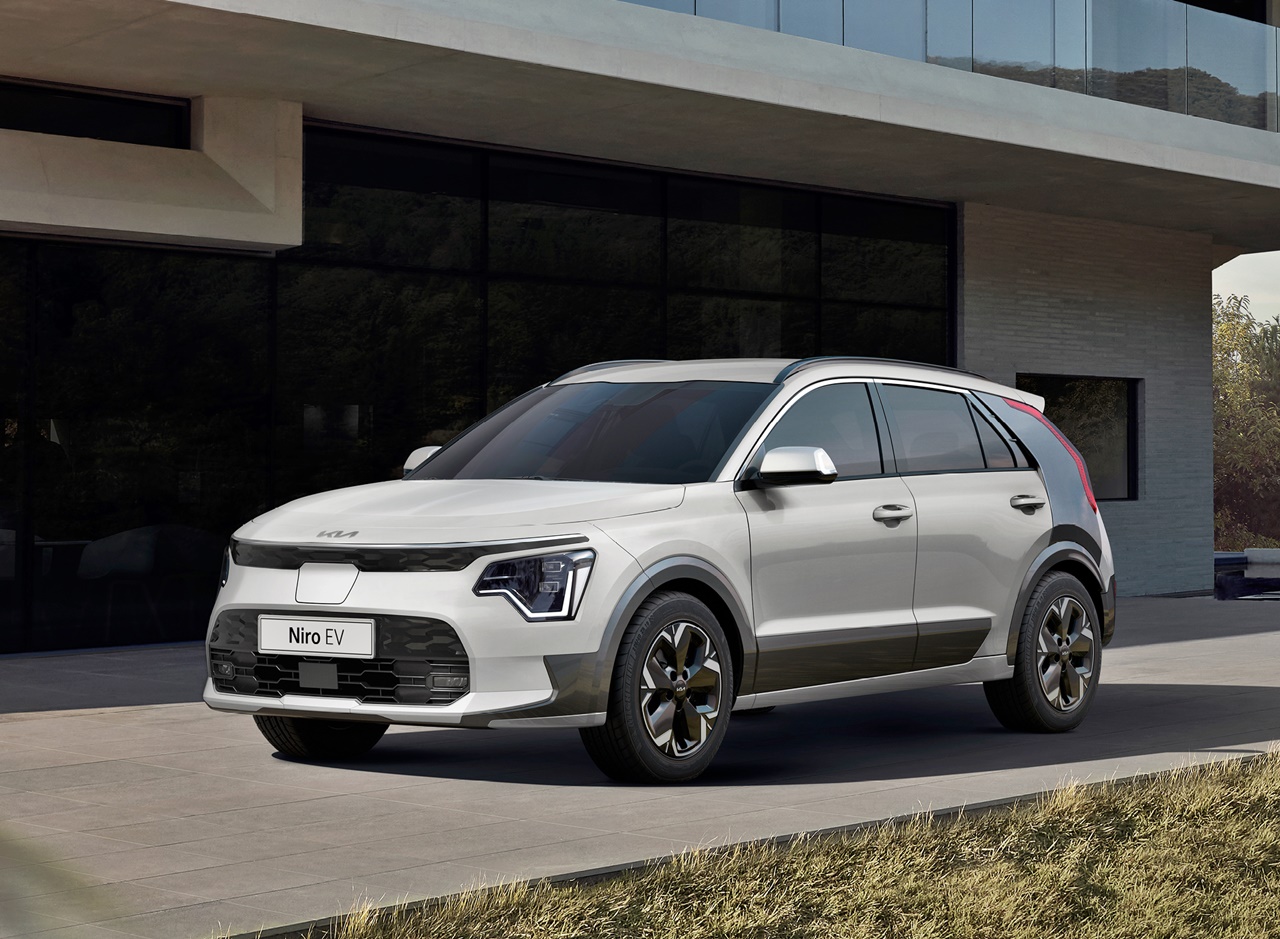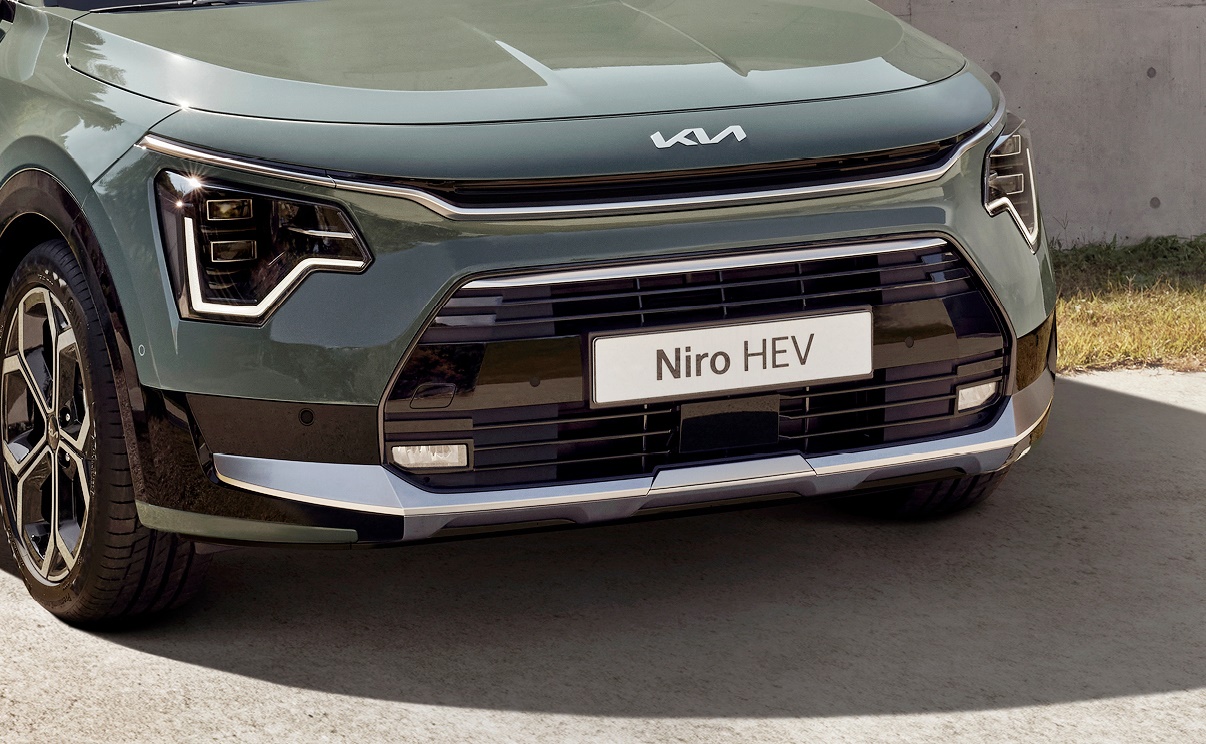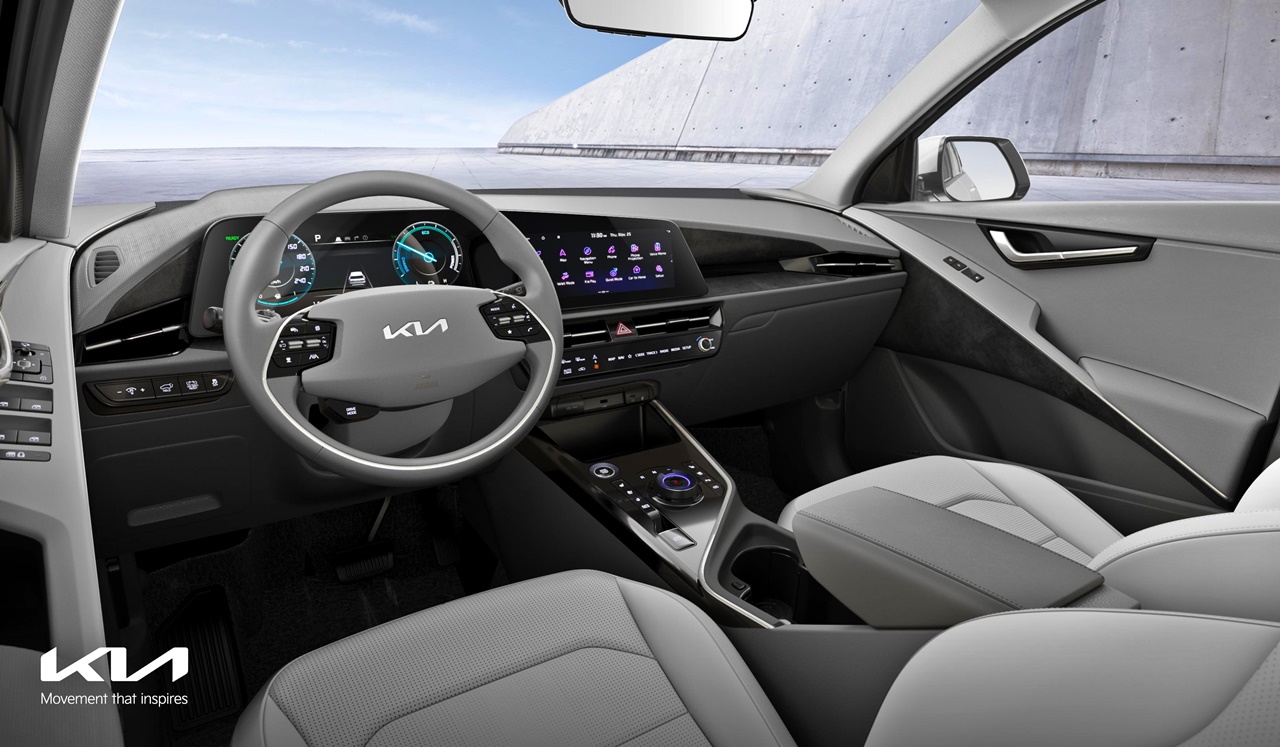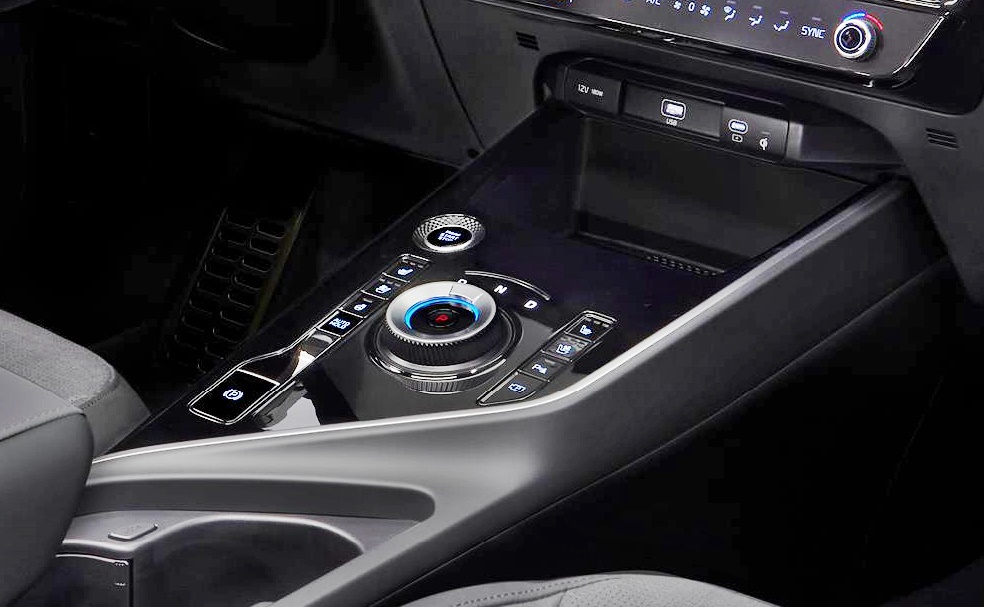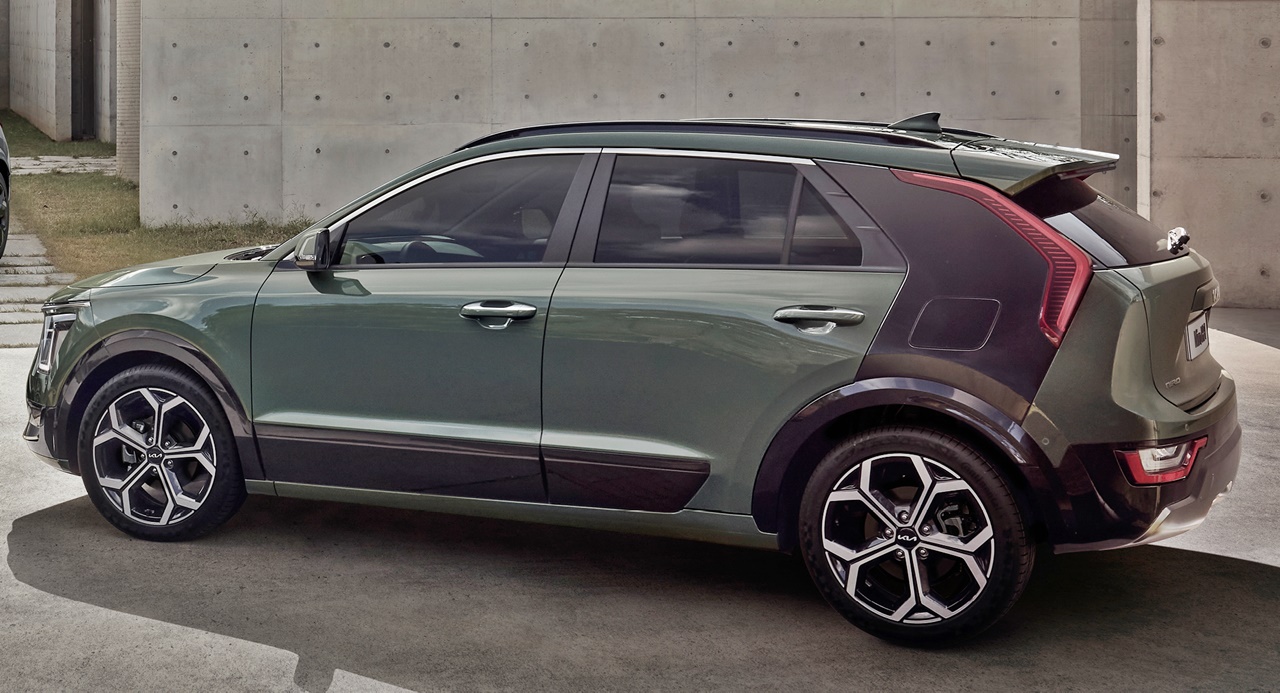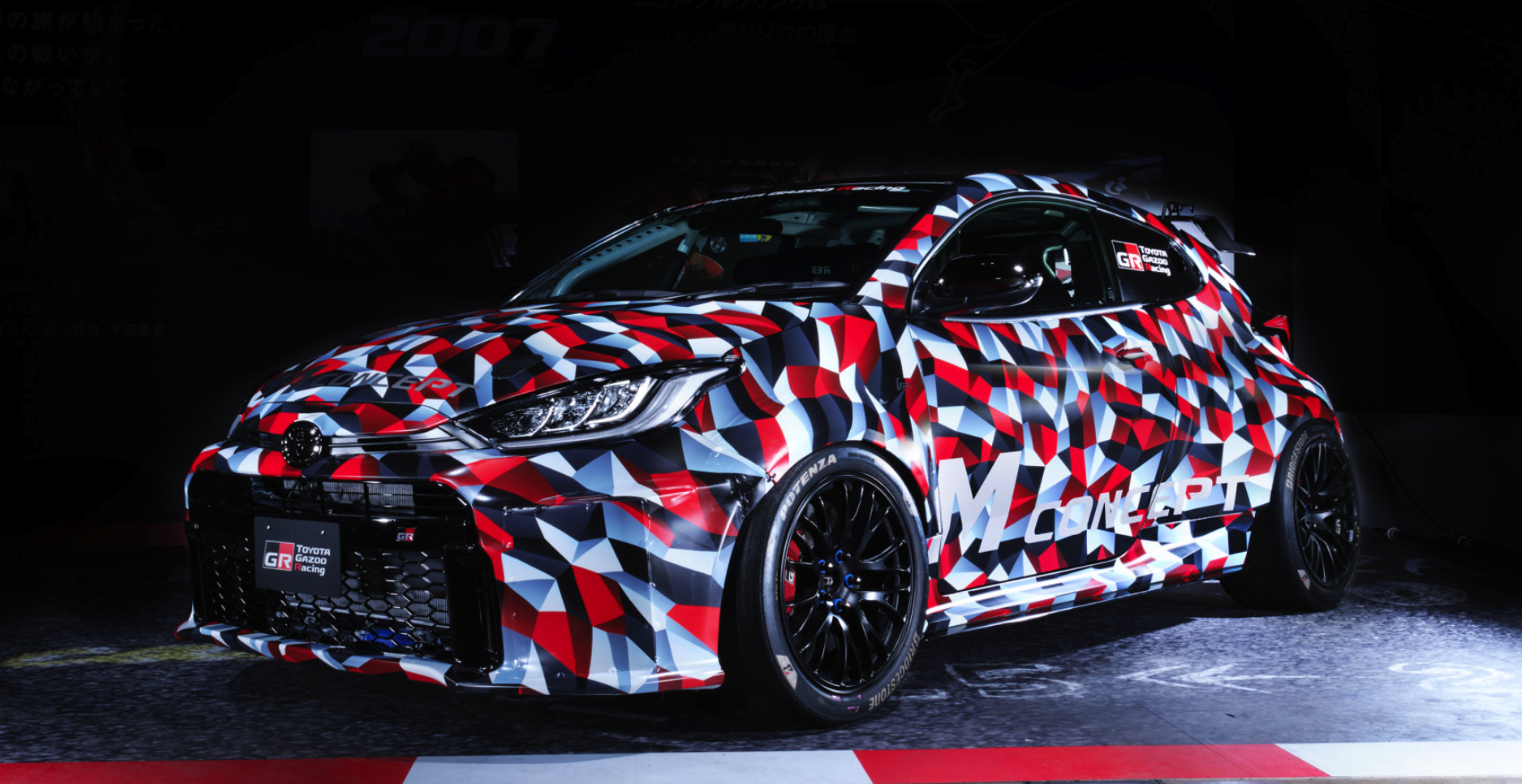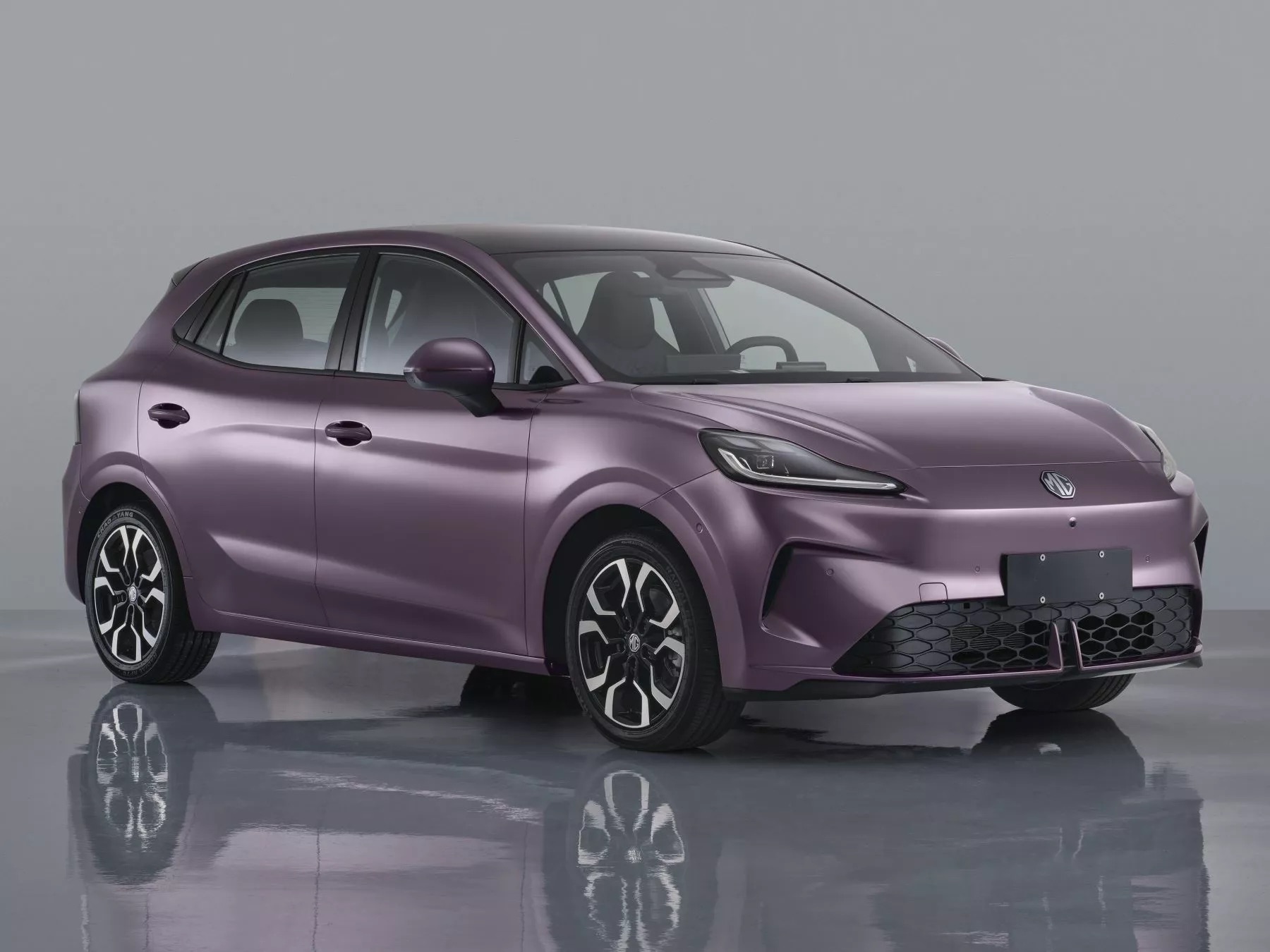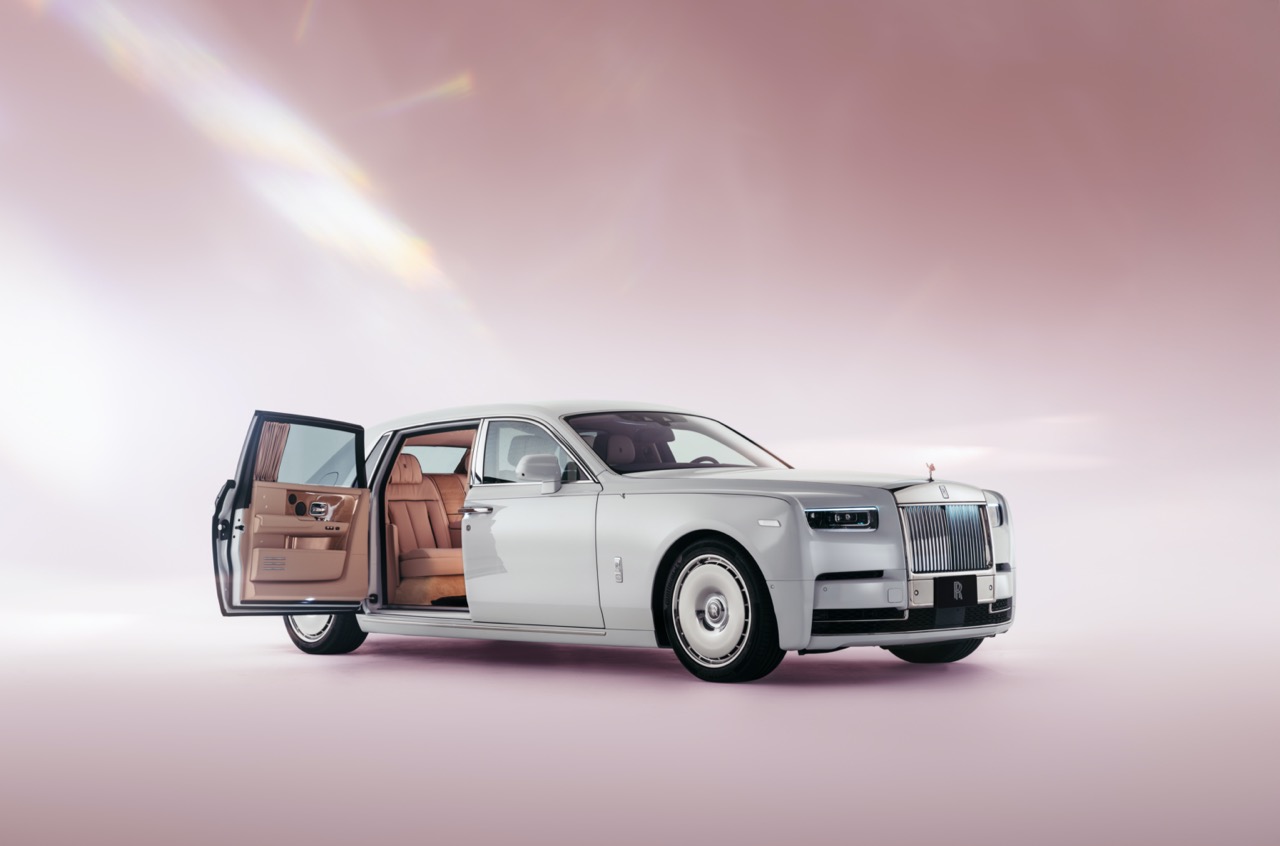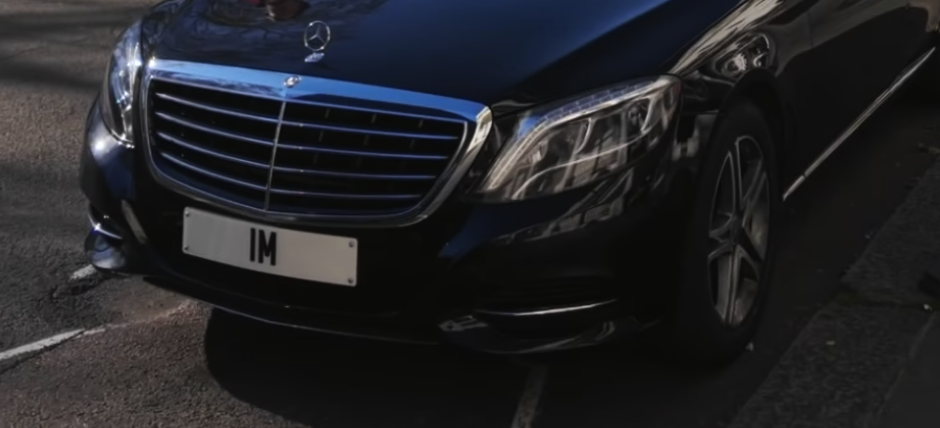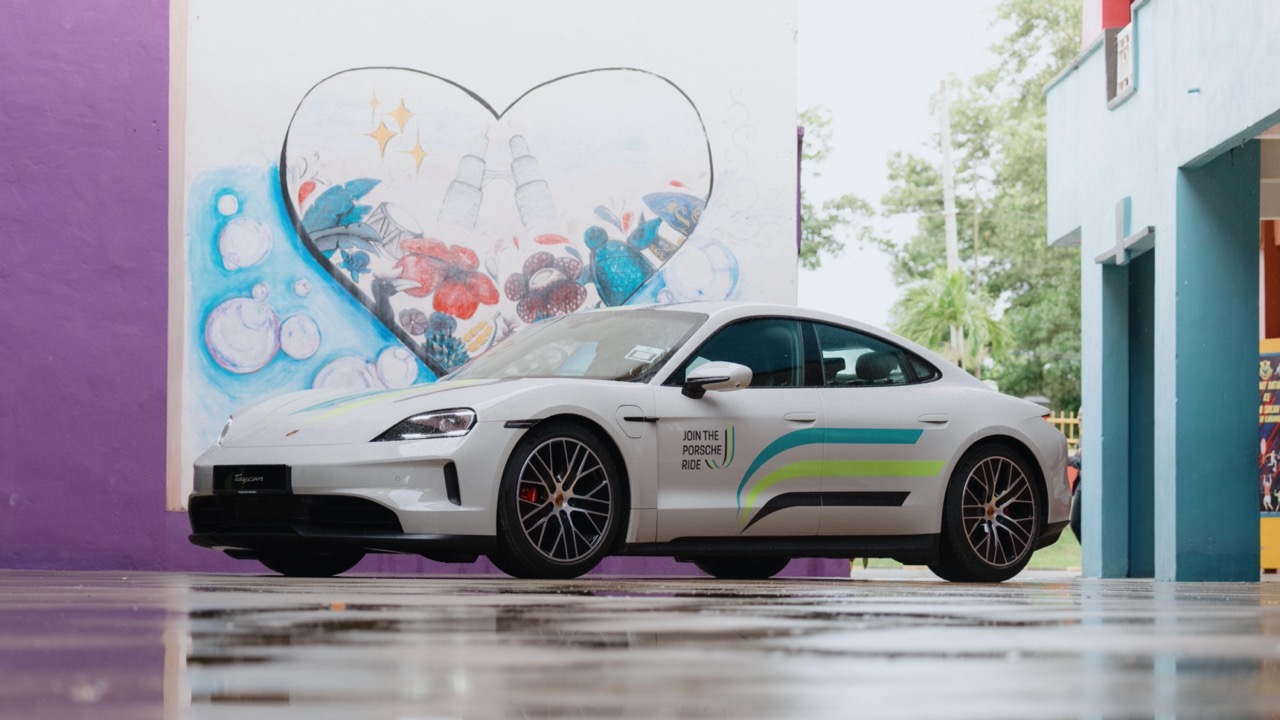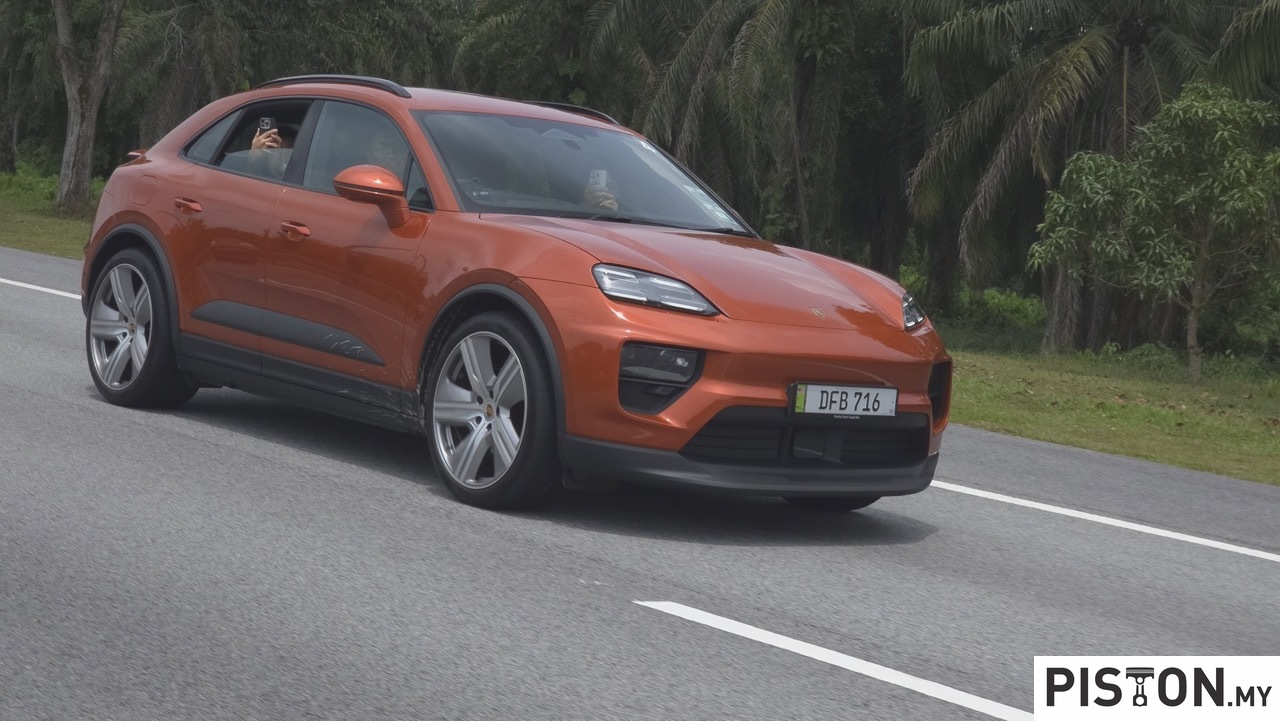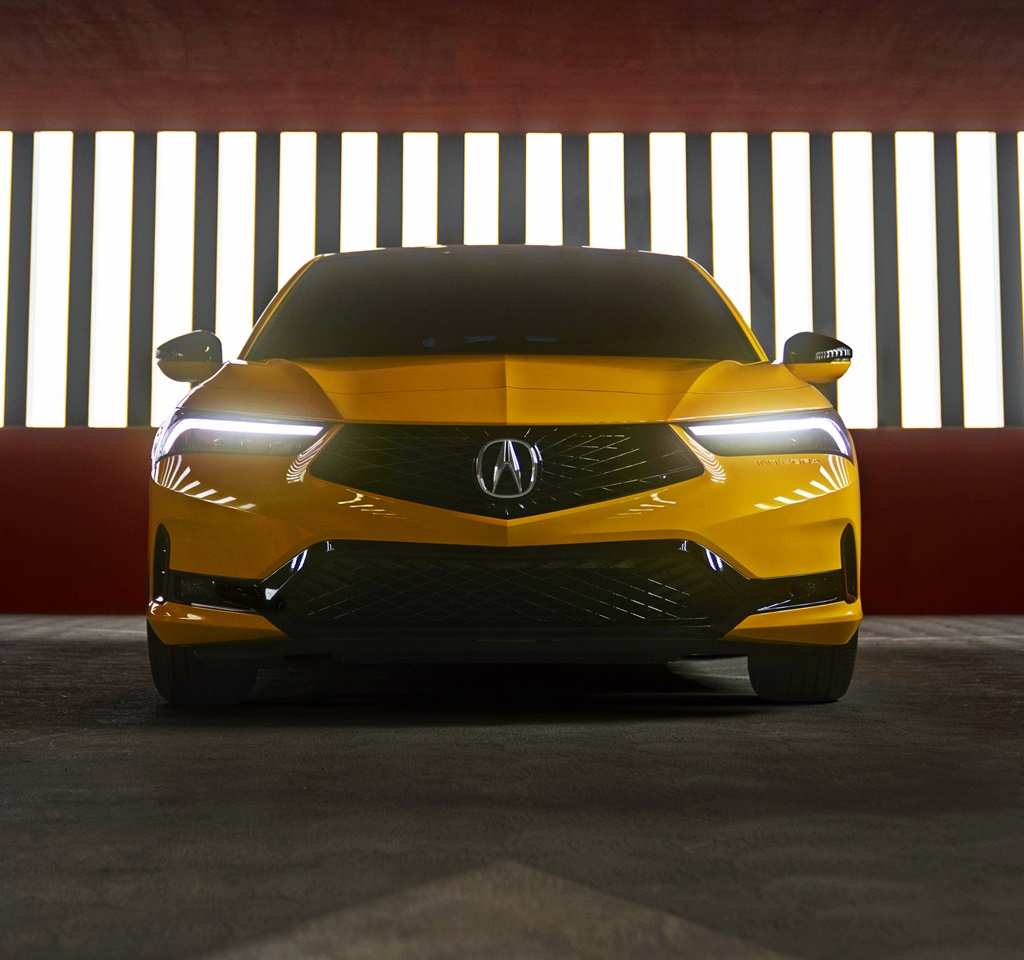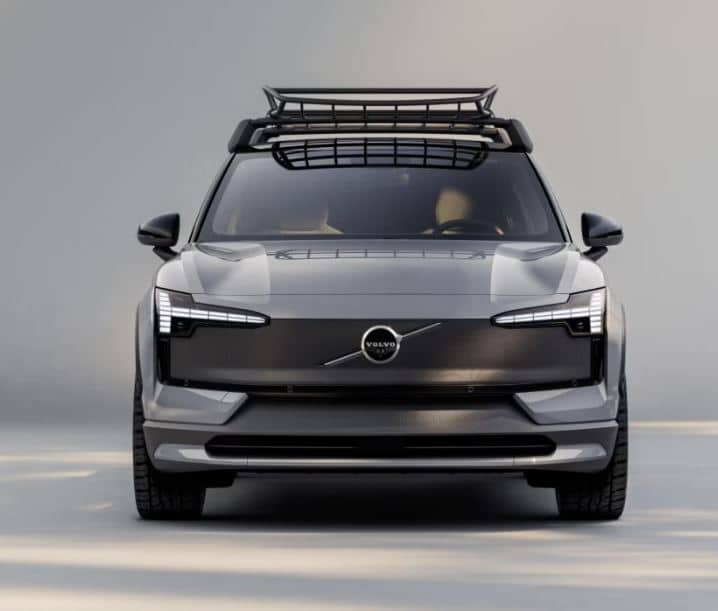Although the first concept was shown back in 2013, the production Kia Niro only went on sale in 2016 so it is a fairly young model in the Korean carmaker’s range. However, it is one of the earlier electrified models and its BEV (battery electric vehicle) version uses the same electric powertrain as the Hyundai Kona Electric.
With increased emphasis on electrification, Kia has now updated the Niro with a second generation which has just made its debut in Korea. Completely redesigned, the new Niro has been developed under the company’s Opposites United design philosophy, fulfilling ‘Joy for Reason’ ethos. It takes inspiration from nature in design and the choice of colour, material, and finish strike a balance between an environmentally responsible approach and a future-oriented outlook. Efficient aerodynamics and sustainable materials are united through the cohesive design
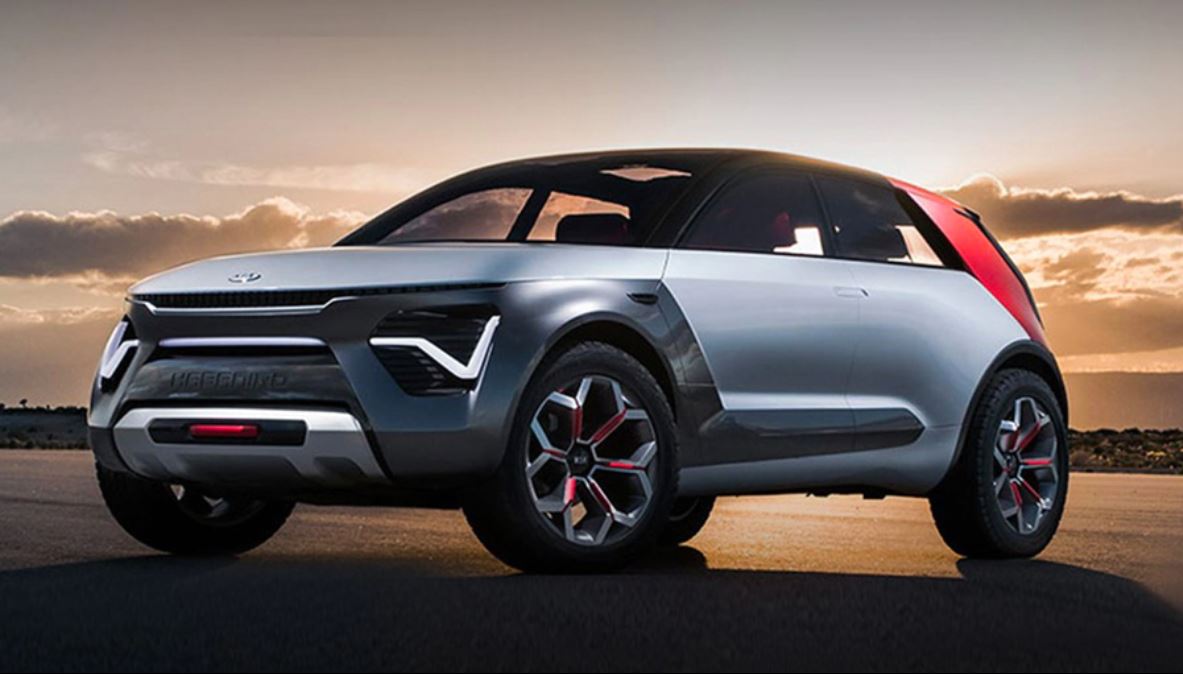
Influenced by Habaniro concept
The strong influence of the Habaniro concept, shown in 2019, is evident in the shape with bold crossover looks and a high-tech 2-tone finish. A wide pillar at the rear enhances airflow to improve aerodynamics and blends into the boomerang-shaped rear taillights.
Being a Kia, it does of course have that signature ‘Tiger Face’ which is constantly evolving. For the Niro, it extends from the bonnet right through to the rugged fender below. The contemporary front design is finished with striking ‘heartbeat’ LED DRLs (daytime running lights) for a striking look and visual signature.
The rear design blends simple surface treatments with dynamic sections to emphasize modernity. The unique vertical taillight design highlights aerodynamics and technology. It traces the vehicle’s wide and stable stance with its strong shoulders and upright windows.
Greenzone Drive Mode
With this new model, Kia introduces the ‘Greenzone Drive Mode’ which automatically transfers the (P)HEV into EV drive mode to meet the demand for sustainable mobility solutions. When driving in green zones such as residential areas, or nearby schools and hospitals, the vehicle automatically uses electric power based on navigation cues and driving history data. It also recognizes a driver’s favorite places, including home and office registered in the navigation system as a green zone.
Commitment to sustainability
Inside the new Niro, Kia shows its commitment to sustainability and the way it will carry out future model development. Many of the materials used are recycled materials, eg the headlining is made from recycled wallpaper, while the seats are made from Bio PU with Tencel from eucalyptus leaves. BTX-free water-based paint is used on the door panels to minimize the impact on the environment and reduce waste.
The off-centre dashboard curves around the front occupants with horizontal and diagonal lines opposing each other to create a calming, yet irregular aesthetic. The centre console is easy to operate and has an electronic dial-type shift lever. It is positioned on the wide high-gloss black surface for a simple and modern look.
The audio-visual screen and air vents are incorporated within the diagonal gaps of the modern dash design, while ambient mood lighting heightens the senses and creates a welcoming interior. The slim, contemporary seats enhance roominess, comfort and style by applying a high-tech lightweight seat mechanism. The headrests’ back cover incorporates a convenient coat hanger, while the slim dimensions of the headrest helps to increase the feeling of space.
Bermaz Auto takes over Kia business in Malaysia, with local assembly to commence in 2022.




